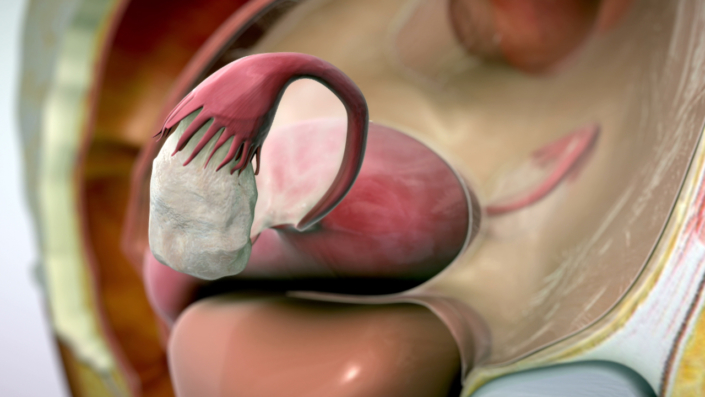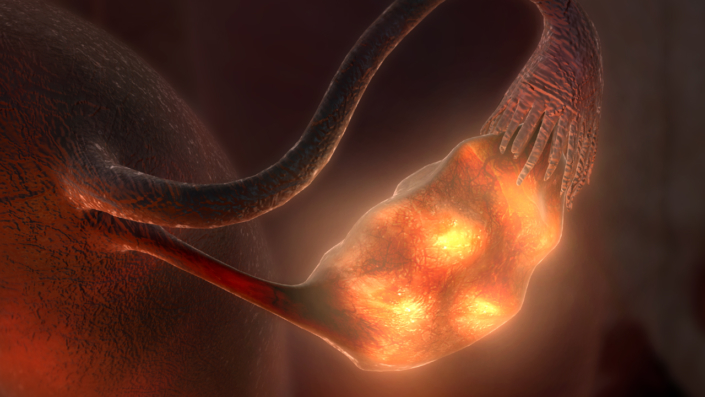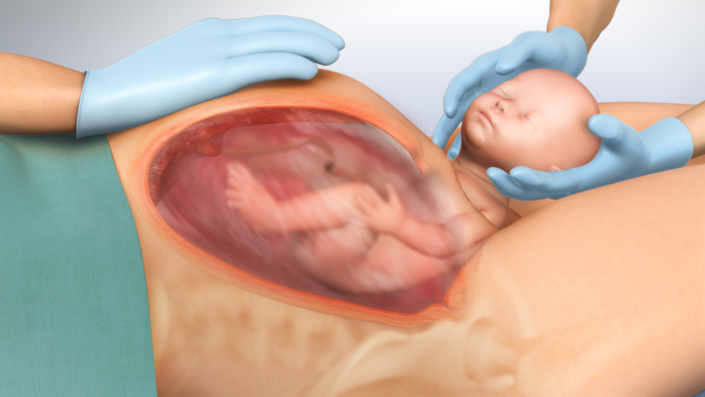Assisted Reproduction
More than 4 million clicks on YouTube
What did the client need?
Our client needed a sophisticated, modern film to educate a lay audience about intrauterine insemination, in vitro fertilization, and intracytoplasmic sperm injection. Their goal was to dispel the misconception that assisted reproduction is an artificial technique that intervenes with natural processes. On the one hand, the film should work as a stand-alone piece for self-study. On the other hand, it should serve as a visual tool for the physician to inform patients about how modern techniques can support the reproductive process. The client also wanted us to include a call to action, encouraging couples to deal with reproductive issues as soon as age starts to influence fertility and reproductive fitness. To make the information digestible, the film was split into independent chapters with each chapter covering one of the three techniques.
How did we meet this need?
The 6-minute film starts with an impressive animation of natural reproduction encompassing ovulation, the travel of the egg through the fallopian tubes, the migration of sperm cells towards the egg, and fertilization. Emotional music and a sensitive speaker’s text about the diverse causes and options for treating unwanted childlessness lead to the three chapters. The first chapter introduces intrauterine insemination and shows how the semen is processed to extract only the fit sperm cells. The second chapter elucidates in vitro fertilization (IVF). The stimulation of eggs to create several mature follicles and the extraction with a needle can almost be witnessed through a realistic 3D animation of the ovary. A couple days after the egg is incubated with sperm cells, a 4-8 cell stage embryo is directly transferred to the uterine cavity. The last chapter explains intracytoplasmic sperm injection, which differs from IVF only in the fact that the sperm cell is injected directly into the egg.
This film did more than meet our client’s communication goal; it gained international recognition after being uploaded to YouTube. To date it has received more than 4 million clicks and a lot of positive feedback.
You have a similar project?
Please explore also the following projects:





